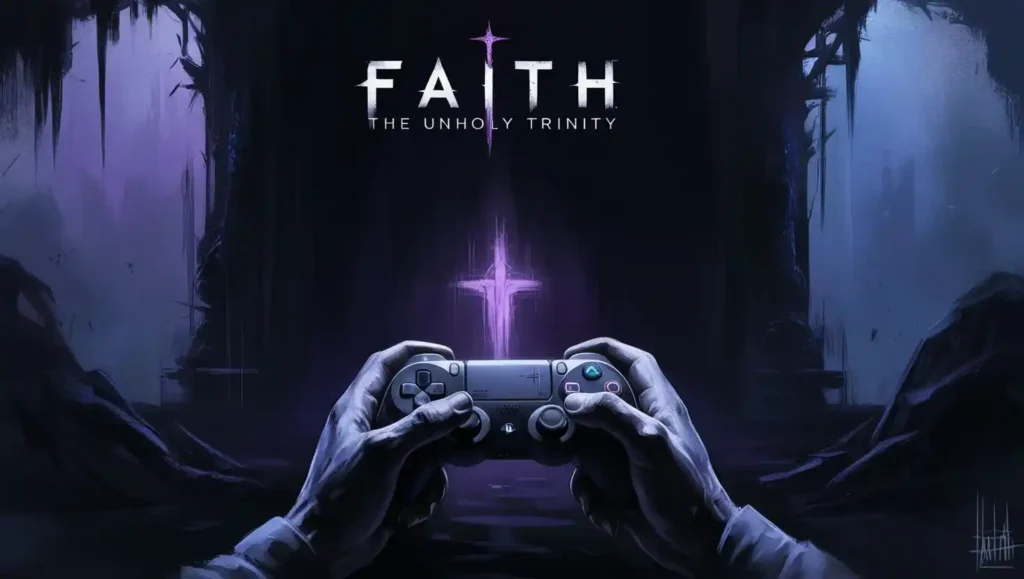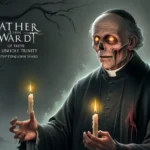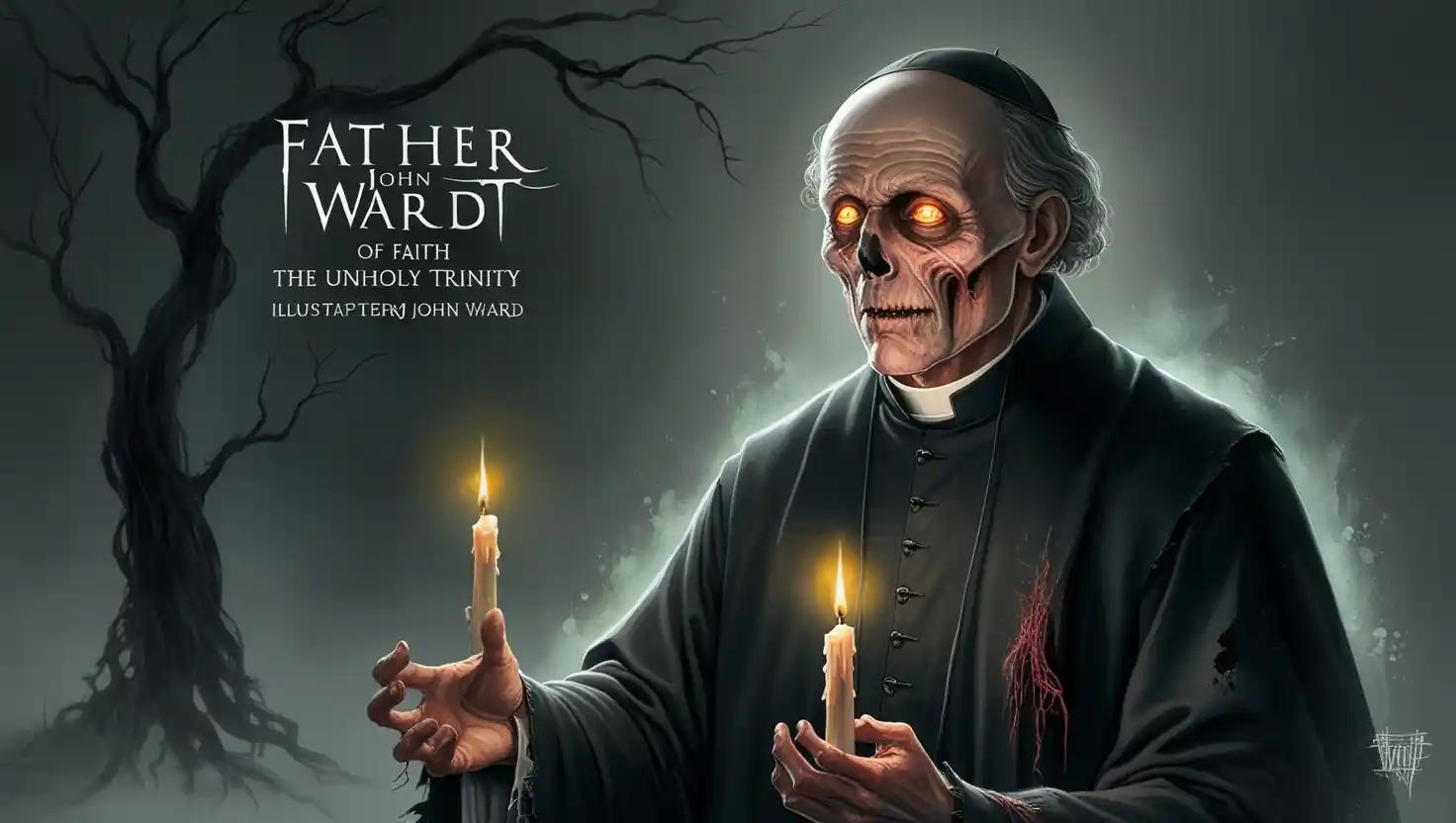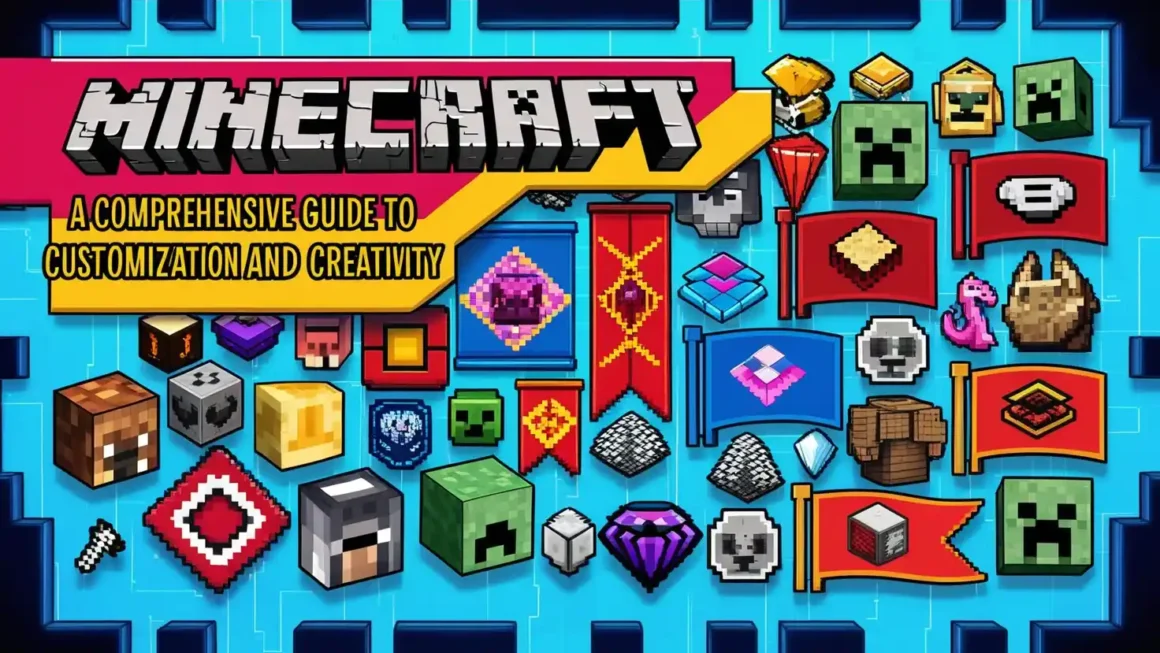FAITH The Unholy Trinity – Exploring the Psychological Horror Behind Father John Ward
FAITH The Unholy Trinity, developed by Airdorf Games, is a unique entry in the indie horror genre that has captured the attention of gamers and critics alike. Released in 2022, this game combines retro aesthetics with chilling storytelling, reminiscent of classic horror films and games. In this review, we will explore its gameplay mechanics, storyline, and overall impact on the horror gaming landscape.
Overview of FAITH The Unholy Trinity
FAITH is set against a backdrop inspired by the cultural phenomena of the 1980s, particularly the Satanic Panic. The game’s pixelated graphics and minimalist design evoke a sense of nostalgia, drawing players into a world that feels both familiar and unsettling. With its 8-bit style reminiscent of early gaming consoles, FAITH utilizes bright pixels against dark backgrounds to create an eerie atmosphere that enhances the horror experience.
Gameplay Mechanics
FAITH’s gameplay mechanics are straightforward yet effective. Players control Father John Ward as he navigates through various environments filled with supernatural threats. The game employs a point-and-click interface that allows for exploration and interaction with the environment. Key features include:
Simple Controls: The controls are intuitive, making it easy for players to immerse themselves in the game without a steep learning curve.
Ritualistic Elements: Players must perform rituals to combat evil entities, adding a layer of strategy to the gameplay.
Resource Management: Limited resources heighten tension, forcing players to make strategic decisions about when to confront or evade enemies.
Airdorf Games’ Philosophy
Airdorf Games, the indie studio behind FAITH: The Unholy Trinity, has carved a niche in the gaming industry with its commitment to retro aesthetics and immersive storytelling. Drawing inspiration from classic horror films and games, Airdorf aims to create engaging experiences that resonate emotionally with players. In an interview with GameMaker, the developer shared how titles like The Legend of Zelda: Link’s Awakening and P.T. influenced his journey, shaping his understanding of game worlds where player decisions matter
Airdorf emphasizes a playful approach to game development, stating, “I’m trying to have fun and create a world that people can be engaged in.” This philosophy is evident in FAITH, which combines humor with horror, allowing players to experience fear while also enjoying the narrative
The incorporation of text-to-speech audio and rotoscoped cutscenes has become iconic, enhancing the game’s unique identity and making it memorable among indie horror titles.
Community Engagement
Airdorf Games actively engages with its fanbase through various channels. The developer often comments on Let’s Play videos, using them as informal quality assurance testing. This interaction not only provides valuable feedback but also fosters a sense of community among players
Additionally, Airdorf maintains a presence on social media platforms like Twitter and TikTok, where they share updates, respond to fan inquiries, and showcase community creations. This open line of communication helps deepen the connection between the developers and their audience, making fans feel valued and involved in the game’s evolution.
Unique Gameplay Elements

One-Button Mechanics
One of the standout features of FAITH: The Unholy Trinity is its innovative one-button control scheme. This design choice simplifies gameplay while heightening tension during critical moments. Players must time their actions carefully—whether it’s raising a cross against an approaching enemy or navigating through dark environments—creating a sense of urgency that contrasts sharply with more complex modern games. This simplicity allows players to focus on atmosphere and immersion rather than getting bogged down by intricate controls.
Environmental Storytelling
FAITH excels in environmental storytelling, utilizing its pixelated world to reveal lore through hidden items and notes scattered throughout the game. For example, in Chapter 2, players can discover journals that provide insight into the backstory of Father John Ward’s failed exorcism. These elements not only enrich the narrative but also encourage exploration, rewarding curious players with deeper understanding of the game’s themes and characters.
Cultural Context and Themes
Historical References
The game draws heavily from the historical context of the Satanic Panic era of the 1980s, a time marked by widespread fear surrounding occult practices. This backdrop influences FAITH’s themes of faith, guilt, and societal paranoia. By mirroring real-life events where communities grappled with unfounded fears about satanic rituals, the game invites players to reflect on how such anxieties can shape perceptions of morality and justice.
Psychological Horror Elements
Beyond supernatural scares, FAITH delves into psychological horror through Father Ward’s internal struggles. His guilt over past failures manifests as haunting visions and moral dilemmas throughout the game. This depth adds layers to the horror experience, making it not just about external threats but also about confronting one’s inner demons.
Character Analysis
Father John Ward’s Development
Father John Ward’s character arc is central to FAITH’s narrative. Initially portrayed as a well-meaning but flawed priest, Ward grapples with guilt from a previous exorcism that resulted in tragedy. As players progress through each act, they witness his transformation as he confronts both external demons and his own fears. His journey reflects themes of redemption and self-discovery, making him a relatable protagonist for players.
Supporting Characters
The game features memorable supporting characters like Father Garcia and Amy Martin. Father Garcia serves as both ally and mentor to Ward, embodying the traditional heroic archetype while also facing his own challenges. Amy Martin adds emotional depth to the story; her relationship with Ward highlights themes of trust and sacrifice as they navigate their harrowing experiences together.
Multiple Endings and Replayability
Detailed Ending Analysis
FAITH offers multiple endings influenced by player choices throughout the game. Each chapter culminates in decisions that significantly impact character fates and narrative outcomes. For instance, how players handle confrontations with demonic entities can lead to drastically different endings that reveal unique aspects of Ward’s character or provide closure for supporting characters.
Replay Value

The structure of FAITH encourages replayability by allowing players to explore different paths and outcomes. Choices made in earlier chapters resonate later in the game, prompting players to reconsider their strategies on subsequent playthroughs. This design not only enhances engagement but also invites deeper exploration of the game’s rich lore.
Fan Theories and Community Discussions
Theories About Lore
The game’s intricate narrative has sparked numerous fan theories regarding its lore and character motivations. Players speculate about hidden meanings behind certain symbols or events within the game, fostering discussions that deepen community engagement. These theories often circulate on platforms like Reddit or Discord, where fans share insights and interpretations.
Community Content
Airdorf Games has inspired a vibrant community of creators who produce fan art, mods, and gameplay videos based on FAITH. Notable examples include fan-made animations that reimagine key scenes or reinterpret character arcs creatively. Highlighting this community content can showcase how FAITH has transcended its original medium to inspire artistic expression among fans.
Comparison with Other Horror Games
Genre Comparison
When compared to other indie horror titles like Amnesia or Silent Hill. FAITH: The Unholy Trinity stands out due to its unique blend of retro aesthetics and innovative gameplay mechanics. While many modern horror games rely on complex narratives or advanced graphics to evoke fear. FAITH achieves its chilling atmosphere through simplicity—both in design and storytelling.
Influence on Future Titles
As an indie success story, FAITH may influence future horror games by demonstrating that engaging narratives can thrive within minimalist frameworks. Its approach to psychological horror combined with retro visuals could inspire upcoming developers to explore similar themes while prioritizing player immersion over graphical fidelity. By incorporating these elements into your blog post about FAITH: The Unholy Trinity, you will provide readers with a comprehensive analysis that goes beyond surface-level reviews, offering unique insights into both the game itself and its cultural significance within the indie horror genre.
Conclusion
FAITH: The Unholy Trinity is more than just a nostalgic throwback; it is a compelling horror experience that resonates with both old-school gamers and new players alike. Its combination of engaging gameplay, rich narrative, and striking visuals makes it a must-play for fans of the genre. Whether you are drawn in by its retro aesthetic or its chilling storyline. FAITH promises an unforgettable journey into the heart of dark
Also Read











